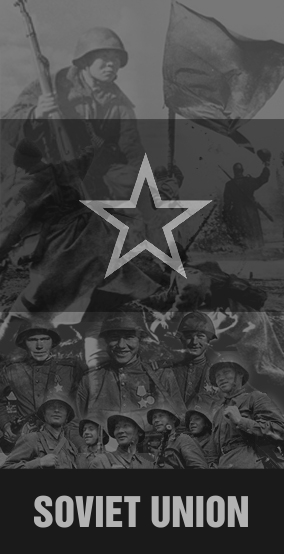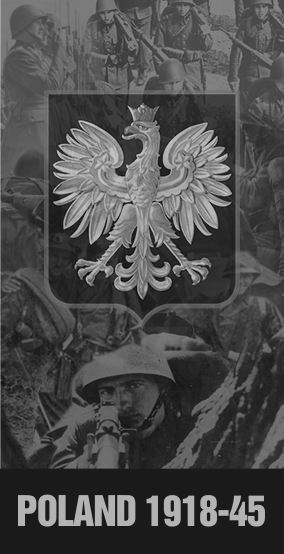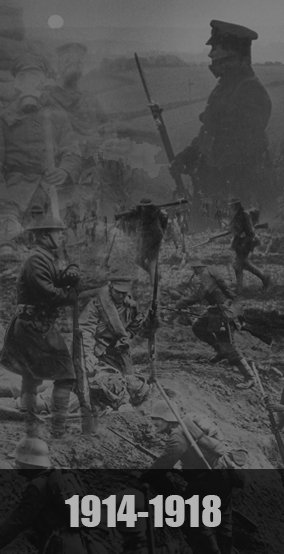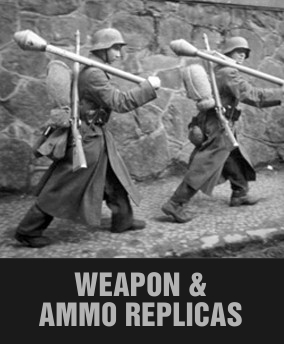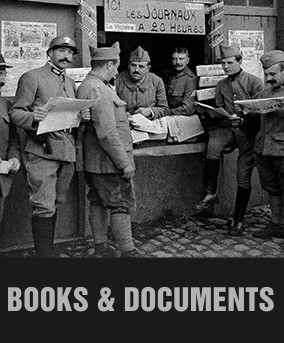A comprehensive work on edged weapons used in Austro-Hungarian army in 1848 - 1918. The book has 544 pages, illustrated with over 1200 photos. The book is bound in linen with a protective cover. Gallery below shows example pages.
Written by: Dr. M. Christian Ortner, Erich Artlieb
ISBN: 978-3-9501642-2-0 (German) or 978-3-9501642-3-7 (English)
Weight: 3,02 kg
Issue info: 544 pages, over 1200 colour photos, including present-day photos and illustrations, bound in linen. Size: 29.0 x 26.5 cm.
- Book is published by Verlag Militaria, highly appreciated military history publishing house.
- We send the book in 14 days after receiving the payment.
ITEM DESCRIPTION IN ENGLISH
This comprehensive and colourful book presents Austro-Hungarian side arms from 1848 to 1914 in over 1200 illustrations and photographs. It contains detailed descriptions of every sabre, sword, and dagger used in the Austrian Monarchy, as well as many exciting new discoveries and hidden details. Some of the most beautiful and rare side arms in the Heeresgeschichtliches Museum Vienna, and the Hungarian Army Museum Budapest have been photographed for this book. Not only the collector, but anyone with an interest in military history will find this standard work an invaluable tool for recognizing and identifying the different weapons. More than 450 pages cover everything from Infantry, Cavalry, and Technical Troops, through Gendarmes and Officials, to the Navy and the various Imperial Guards. The sabres belonging to famous historical figures are particularly interesting, for instance the sabre presented by the German Emperor Wilhelm II. to his k.u.k. Hussar Regiment, the sabre owned by Emperor Karl I., or the stunning work of a skilled goldsmith on the sabre presented to the Austrian Field Marshal Radetzky during of the revolution in1848, by Vienna’s National Guard. Open this book, and follow the development of Austro-Hungarian side arms, from the simple cut and thrust weapons of the 19th century to the elaborately decorated status symbols of the then k.u.k. Army.
ITEM DESCRIPTION IN GERMAN
In diesem umfassenden Farbbildband sind die österreichisch-ungarischen Blankwaffen von 1848 bis 1918 auf mehr als 1200 Abbildungen und Fotos dargestellt. Das Buch beschreibt sämtliche Säbel, Degen und Dolche der Donaumonarchie und liefert eine Vielzahl neuer Erkenntnisse und zahlreiche, bislang unbekannte, wissenswerte Details. Für dieses Buch wurden u.a. die schönsten und seltensten Blankwaffen des Heeresgeschichtlichen Museums Wien und des Ungarischen Armeemuseums Budapest fotografiert. Nicht nur der Sammler sondern auch der heereskundlich Interessierte hält mit diesem Standardwerk ein wertvolles Instrument in Händen, um die unterschiedlichen Blankwaffen erkennen und identifizieren zu können. Auf mehr als 540 Seiten spannt sich der Bogen von der Infanterie, Kavallerie und den Technischen Truppen über die Gendarmerie und Militärbeamten bis hin zur Kriegsmarine und den kaiserlichen Garden. Besonders beeindrucken die Säbel von bekannten Persönlichkeiten, wie etwa der Geschenksäbel des deutschen Kaisers Wilhelm II. an sein k.u.k. Husarenregiment, der Säbel von Kaiser Karl oder jenes, in feinster Goldschmiedearbeit ausgeführte Exemplar, das dem österreichischen Feldmarschall Radetzky im Revolutionsjahr 1848 von der Wiener Nationalgarde überreicht wurde. Folgen Sie der Entwicklung der österreichisch-ungarischen Blankwaffen von der reinen Hieb- und Stichwaffe des 19. Jahrhunderts zum aufwändig verzierten, ästhetisch ansprechenden Standeszeichen der gewesenen k.u.k. Armee.



